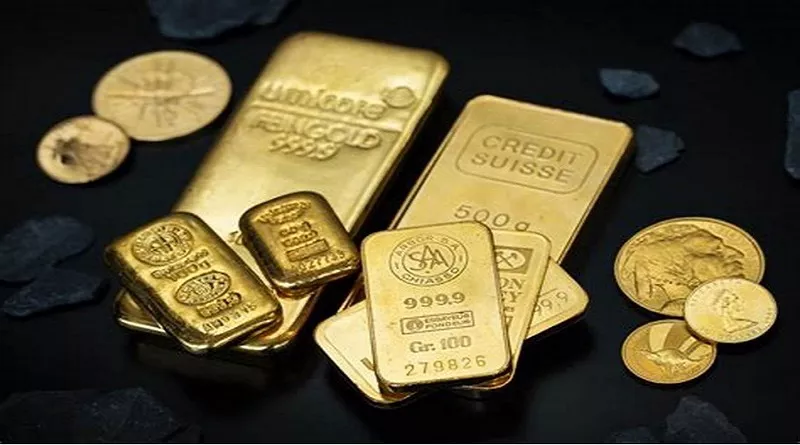Gold, often referred to as the “king of metals,” has captivated humanity for centuries. Its enduring allure, both as a symbol of wealth and a safe haven investment, has made it a cornerstone of financial markets. However, have you ever wondered who sets the price of this precious metal? The process is far from simple, as numerous factors and market participants influence the value of gold. In this article, we will delve into the intricate web of dynamics that determine the price of gold.
The Historical Significance of Gold:
Before we explore the mechanisms of gold pricing, it’s essential to recognize the historical significance of this precious metal. Gold has been coveted by civilizations throughout history due to its scarcity, durability, and aesthetic appeal. It has been used as a medium of exchange, a store of value, and a symbol of prestige and power. This rich history has firmly established gold’s place in the global economy and its inherent value.
The Gold Market Participants:
Multiple entities play a crucial role in setting the price of gold. Let’s explore the key players in the gold market:
Miners: Gold mining companies are responsible for extracting gold from the Earth. The supply of gold is influenced by factors such as mining costs, technological advancements, geopolitical stability, and environmental regulations. Changes in the production levels of gold mines worldwide can impact the overall supply, affecting gold prices.
Central Banks: Central banks are significant participants in the gold market. They hold substantial gold reserves, which influence market dynamics. Central banks often buy or sell gold as part of their monetary policies, aiming to stabilize their currency, diversify their reserves, or respond to economic conditions. These transactions can have a profound impact on the gold price.
Investors: Institutional and retail investors trade gold through various financial instruments such as exchange-traded funds (ETFs), futures contracts, and over-the-counter (OTC) derivatives. Investor sentiment, economic indicators, geopolitical events, and monetary policies are among the factors that drive investor demand for gold, impacting its price.
Bullion Banks: These banks act as intermediaries between the mining industry, central banks, and investors. They facilitate transactions, provide liquidity, and engage in gold lending and leasing activities. Bullion banks also play a crucial role in determining the supply and demand dynamics within the gold market.
Factors Influencing Gold Prices:
A multitude of factors influence the price of gold. Here are some of the key determinants:
Global Economic Conditions: Gold is often seen as a safe haven asset during times of economic uncertainty. Economic indicators such as GDP growth, inflation rates, interest rates, and employment data can all influence investor sentiment towards gold. During periods of economic instability or geopolitical tensions, investors tend to flock towards gold, driving its price upward.
Currency Movements: The value of gold is inversely correlated with the strength of major currencies, particularly the US dollar. When the US dollar weakens, gold becomes relatively cheaper for holders of other currencies, increasing its demand and price.
Inflation and Deflation: Gold is considered a hedge against inflation. When inflation rates rise, the purchasing power of fiat currencies diminishes, leading investors to seek the relative stability and long-term value preservation offered by gold. Similarly, during deflationary periods, gold can serve as a safe store of value when other assets falter.
Geopolitical Factors: Political unrest, conflicts, trade tensions, and government policies have a significant impact on gold prices. Uncertainty and fear surrounding these events often prompt investors to allocate their portfolios towards gold, driving its demand and price higher.
Conclusion:
The price of gold is not determined by a single entity but rather a complex interplay of various market participants, economic indicators, geopolitical factors, and investor sentiment. Gold’s status as a safe haven asset, its historical significance, and the global supply and demand dynamics all contribute to its value. Understanding the forces that set the price of gold allows investors and enthusiasts to navigate this dynamic market effectively. Whether you are an investor or simply fascinated by the intricacies of the gold market, recognizing these dynamics brings a deeper appreciation for the role gold plays in our financial world.


